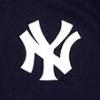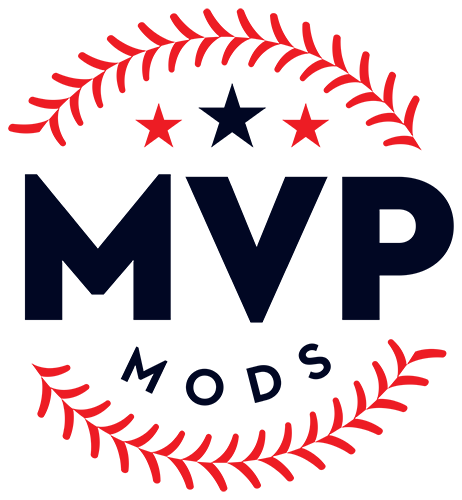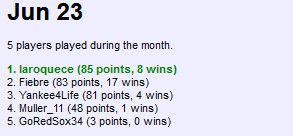-
Posts
21497 -
Joined
-
Days Won
82
Content Type
Profiles
Forums
Downloads
Everything posted by Yankee4Life
-
9 out of 10, 211 seconds. I missed a very easy one.
-
Thank you. This is what happens when the kiddies are on summer vacation.
-
This one was a tough one, at least for me. When we get to the day where they ask easy baseball questions then you are really going to take off. For example you may see something like this. What city do the Chicago Cubs play in? A. New York B. Pittsburgh C. St. Louis D. Chicago
-
2 out of 10, 240 seconds. A pitiful performance!
-
That is the winning combination here Jim. As many as you can get right in the least amount of time. In other words just do the opposite of me. 😄
-
7 out of 10, 241 seconds. Some tricky ones here.
-
Hahahahaha. Yeah, two days and he's impressive. I think it is great someone else joined. 👍
-
3 out of 10, 101 seconds. I had no idea today. None at all. Good going Jim. Impressive!
-
These were tough questions Jim. Sometimes they have an easy category and then they ask questions from other sports and that is what kills me. Above all, welcome and best of luck to you. I have been lucky so far. But even with that you got eight right. You're on a run!
-
5 out of 10, 262 seconds. A tough one.
-
This is a highly inconsistent team bordering on being an embarrassment. Why should it matter if they went 3 - 3 against last place teams? I’m happy they won three. People might say “if only Judge was in there!” It didn’t matter last year. Inconsistency is what beats them and it has nothing to do with who they are playing. And by the way I am curious. What does wait ‘till next year mean here? Is next year going to be the magic cure for what ails this team? Will the injuries be under control in 2024? How about the hitters? Will they automatically start to hit next year? Wait ‘till next year was the old Brooklyn battle cry that was based on optimism. I am not optimistic that everything will be ok in the Bronx because the calendar reads 2024.
-
10 out of 10, 111 seconds. No challenge with today's questions.
-
Ok the month of June is done and we have a new winner in laroquece! This may have been the closest one we've had yet. He had 85 points to beat Feibre by two points and me by four. Congratulations man! Starting July I had 7 out of 10, 259 seconds. Mediocre at best.
-
10 out of 10, 201 seconds. A good way to end the month.
-
And they have also won many when they have not thrown any no-hitters. For example in that wonderful season of 1978.
-
I never implied that. It was one game and it was something that German and the Yankee hitters really needed.
-
Last night you did not have a chuckle. Thank God! Good going Domingo German!
-
4 out of 10, 179 seconds. Again I was lost on the non-baseball ones!
-
Last night in Oakland. What the hell, right? I didn’t watch the game because it was on late and besides I had a very bad feeling about it even though the Athletics have the worst record in the game. The Yankees do not play well in Oakland to begin with and add the fact that they can not hit at all this spelled trouble. Last year I would have broken something. Once I broke a coin counter and had to buy a new one. Not today. This morning when I found out the score I yawned and got up and let the dogs out and then went back to bed. It does not make sense to expect anything different out of this team when nothing has changed except the players over the past few years. Lousy hitting. Lousy situational hitting. Too many strikeouts and too many excuses.
-
8 out of 10, 270 seconds. A big improvement!
-
2 out of 10, 152 seconds. The only ones I knew were the baseball ones.
-
6 out of 10, 253 seconds. Not good at all. I messed up two questions.
-
10 out of 10, 274 seconds. I don't know why I took so long.
-

WBC PLAYERS AUDIO PACK FOR MVP BASEBALL, ASIAN SERIES, CARIBE AND CUBA.
Yankee4Life commented on alfre2jose's file in Audio
-
8 out of 10, 257 seconds. Some tricky ones today.




